
219
3826

A Solitary Watchmaker: Bernhard Zwinz and his ‘Calibre R’
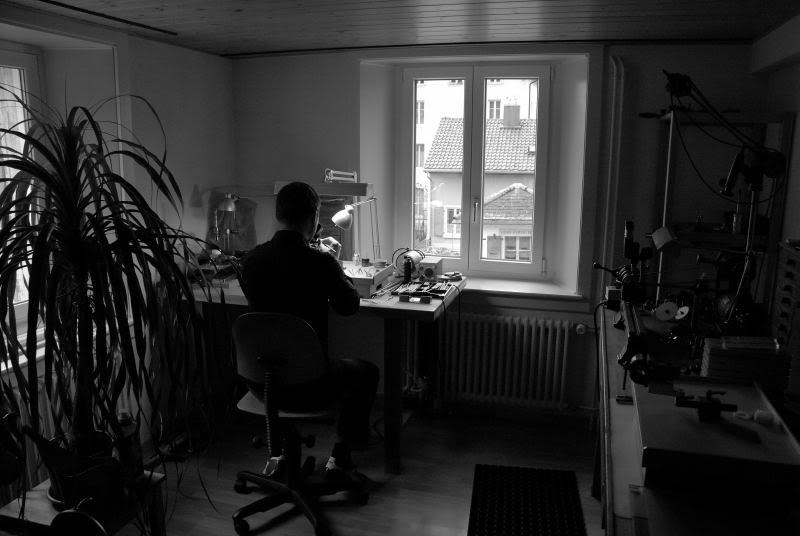
Time stands still in the Vallée de Joux. This is a place where change is slow; the alternation of the seasons is about as fast as is it gets. The famed watchmaking traditions this valley once stood for has however changed, slowly, through the course of time. Little by little the movements produced there are not what they once were; here too machines have steadily made their advance. The characteristic, high degree of horological perfection, with vast amounts of hand finishing and attention to detail in the smallest of elements within the movement has slowly been lost, or watered down past recognition. A great deal of hyperbole is expended on the latest and greatest, but it is in the smallest of details that the time keeping properties, the finishing, and the longevity of the watch movement will prove itself.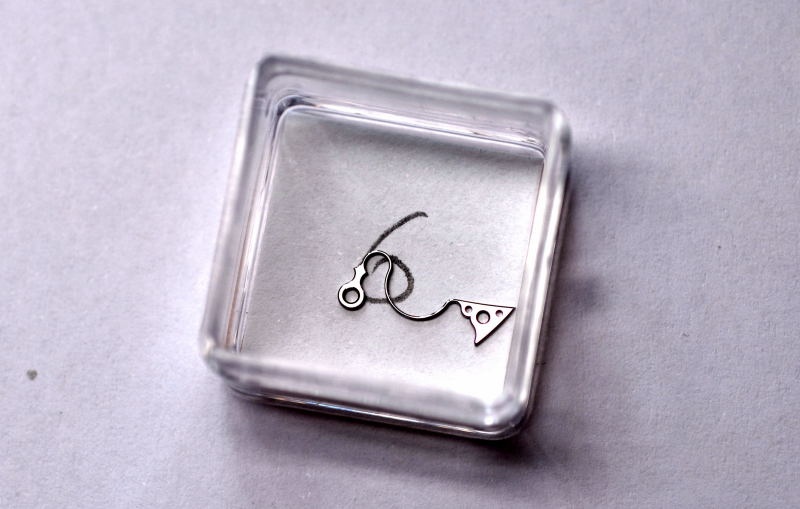
Bernhard Zwinz has long held that watchmaking in the Vallée de Joux should return to its halcyon days lying between the 1880’s and the 1920’s. Even now the movements in watches from that time, with a little love, care, and attention, keep time perfectly. There was once a pride in the movements that were manufactured here, later exhibited and tested at Observatory competitions, and passed onto the market that showed Swiss watchmaking was the pinnacle of chronometric achievement.
Years of study and experience in the Vallée de Joux directly fed Bernhard’s ambition to design and construct the Calibre R for his own watch. A catchy name to be sure, and although I asked Bernhard what was the meaning of the ‘R’ was, he remained silent and the meaning of ‘R’ for moment remains a mystery.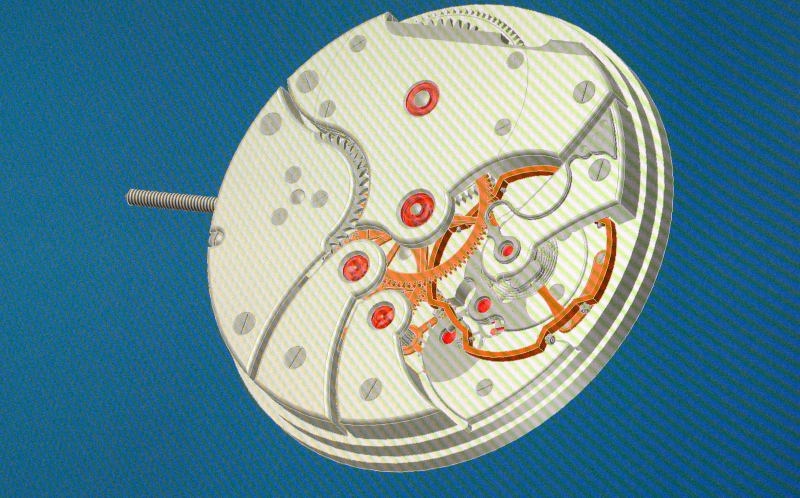
Bernhard had already began imagining a new calibre of his own design back at the start of his career. Whilst working in the restoration and after-sales department at that grand old name of Swiss watchmaking, Vacheron Constantin, and shortly after receiving his master watchmaker’s diploma, Bernhard became interested in a Vacheron pocket watch movement from the 1920’s. He admired the totality of balance between the plates, the gear train, and the escapement that lent itself to an aesthetic mechanical harmony that combined design and time keeping properties. It is not simply a situation that you consider using a similar or the same movement. It requires a complete new design that captures a similar ‘completeness’ between all parts of the movement and the exterior of the timepiece.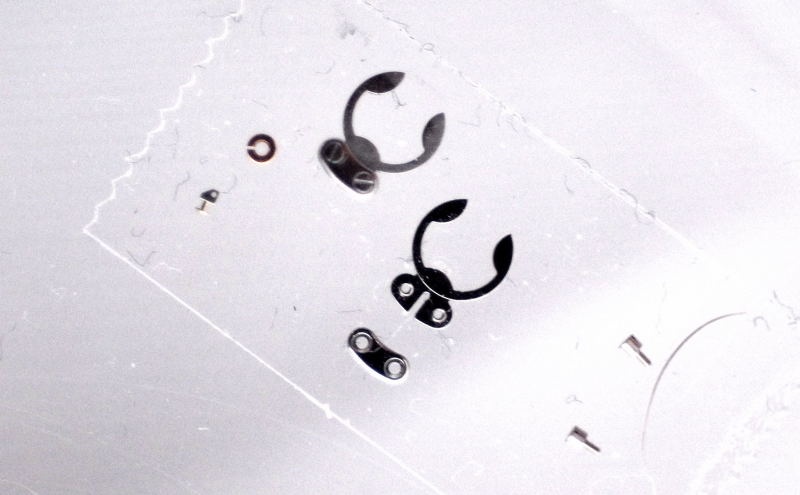
The micromechanical engineering that is the art form behind any watch comes in the smallest of improvements. Bernhard’s Calibre R is no exception. While the finishing will be beyond compare, as described previously ( 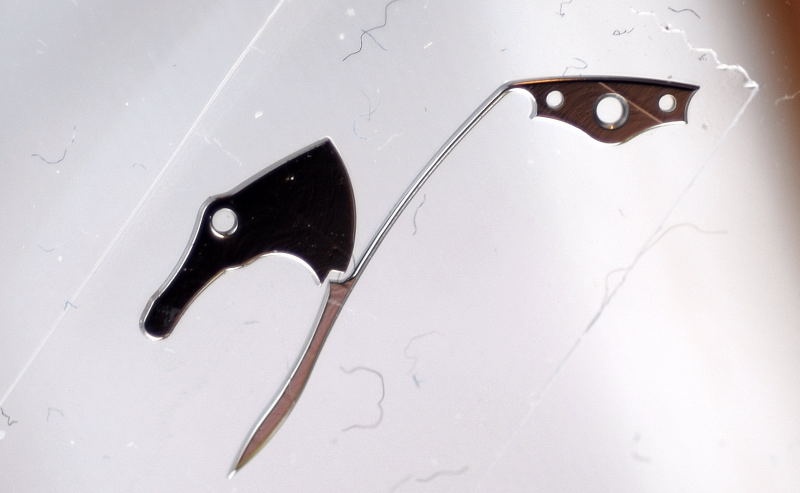
The innovations are telling: many of his ideas are to reduce wear and tear on the movement, and lead to only a minimum of maintenance to be required in the future. From the winding stem, the integration of a single wheel that transfers the winding from the lateral to the perpendicular vertical (to wind the winding barrel) is part of the improvement. The specially shaped Wolf’s teeth are used on the crown wheel for efficient winding contact. From his friendship with Andreas Strehler the winding gear was machined in one piece. All the metal alloys used for the construction of the movement parts are harder than the conventional ones used by other manufacturers. This has a two-fold effect. When these parts are made from harder materials and are properly finished, they will last longer, being less likely to deteriorate from corrosion as well as wear and tear. The second effect is that it takes longer to work with such materials; it simply takes more time for the watchmaker to finish and polish the harder materials used in the movement to an exacting standard. Combined with the typical highly polished bombée shaped anglage the valley was known for the finished movement will not only look like a jewel, with various surfaces reflecting light, but the movement will also last. Indeed, this is the reason behind the name Vallée de Joux- a movement finished in this manner literally scintillates like a jewel. Interestingly, bombée shaped anglage, that is, anglage that has a rounded profile as opposed to the standard flat- angle anglage, is a a key trademark of hand workmanship, since this is the one thing that the modern, computer controlled Swiss machines cannot (yet) perform. 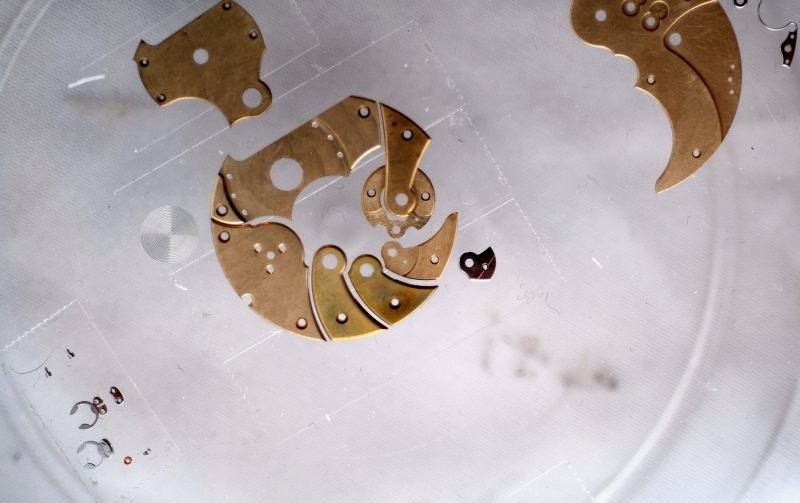
The jewels for the movement are ‘bombée’ (or domed) and the hole in the center olive shaped. This is something that few watchmakers, independent or not, normally use since they require a specialized manufacture. The shape of the jewel where it touches the vertical end of the pinion is curved so that the jewel surface has minimum contact with it. In addition, the interior opening of the jewel is also curved (olive) to minimize contact with the sides of the pinion. Besides offering lower friction, such jewels also tend to retain oils longer in place, thus extending the periods required between servicing.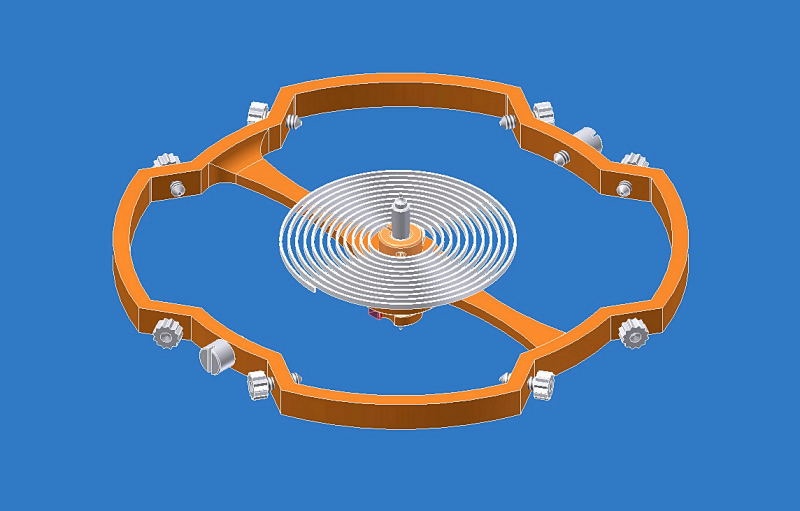
The balance, as all parts of the watch, is of Bernhard’s own design. It is sculptured out of a single piece of metal and includes new design features based upon entirely new, original calculations. Typical of his approach is the shape of the balance wheel itself and the regulation screws on the perimeter of the balance. These screws are deliberately positioned at a 45-degree angle to the central axis, in order to allow for a highly refined adjustment of the balance regulation. This is because every turn of these 45-degree positioned regulation screws represents only a half turn of a standard axially placed regulation screw. The shape of the screws used is also unusual. The conventional ‘flat-head’ screws normally used in balance wheel regulation, require the movement to be free of the case so that the screws can be adjusted. Bernhard’s screws allow the regulation to take place with the movement within the case.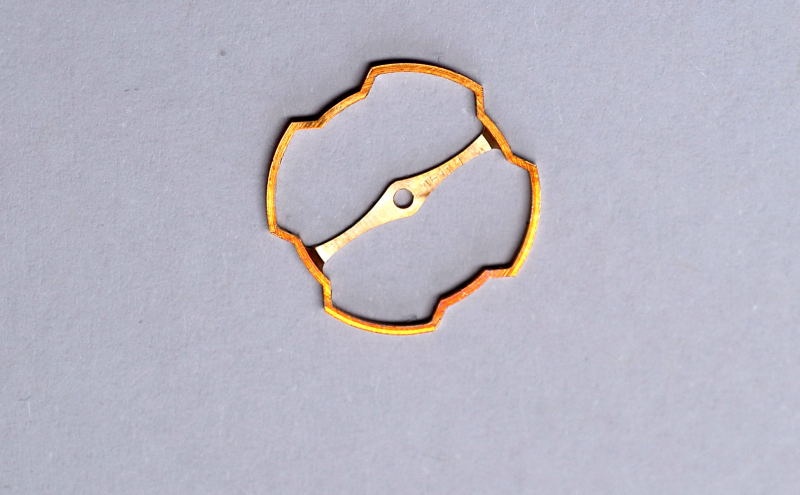
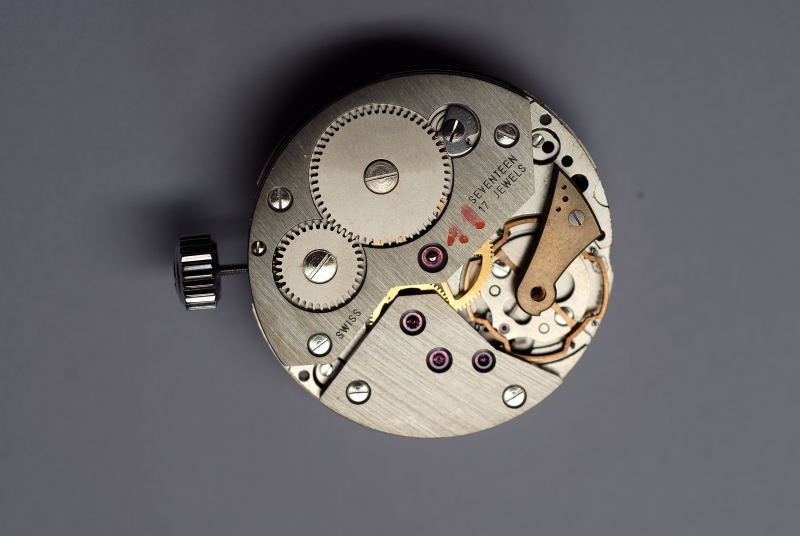
(One of the testing movements for the balance wheel design and its timekeeping properties).
Unbelievable as it might seem, the creation of a completely poised and ready to install balance wheel including a hair spring with hand made overcoil, including all preparation of parts as well as finishing and polishing, takes Bernhard more than 3 weeks. Under normal industry wide practice, such work usually spans no more than a few hours. In the production of just this one important part, Bernhard demonstrates how driven he is by the attainment of perfection on all levels of the movement.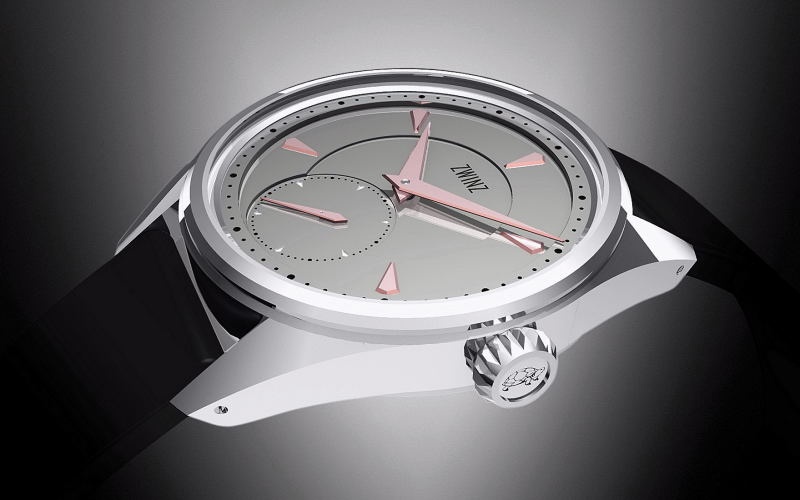
While the movement takes its design cues from the movements of the early 20th century, the case for the watch also harks back to a previous era when the epitome of good taste was the classic ‘time-only’ dress watch. For the case design, and for the dial, Bernhard sought help from Eric Giroud. Eric is without doubt one of the major design talents in the watch industry today, and the list of projects he has worked on reads as a ‘who’s who’ of the innovative and avant-garde designed watches in recent years. Bernhard’s wish was to create a case and design that was inspired by, but not a copy of, the wristwatches from the 1940’s and 1950’s.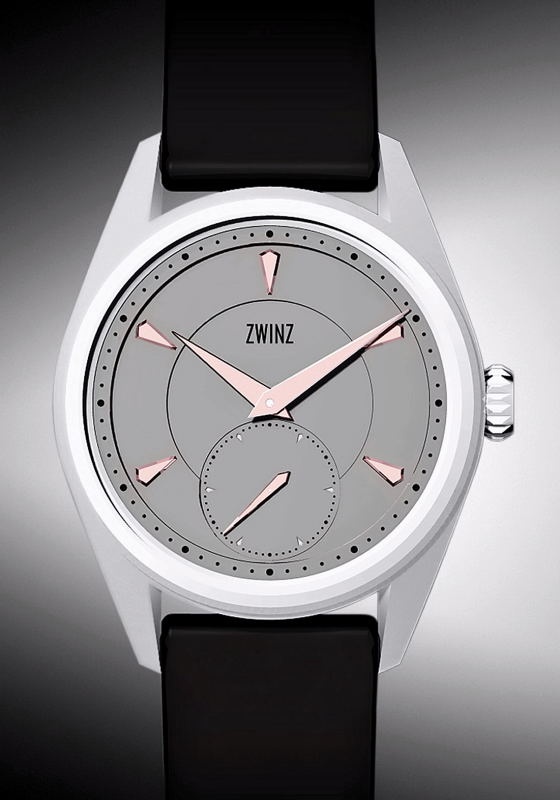
(Please note the picture here is only a low-resolution digital rendition).
The same construction and design philosophy of the movement feeds through into the dial and case. All parts are designed for longevity in use and maintenance. The dial is made from platinum for its uniqueness and special lustre. The dial is constructed on four levels: the outer ring (enameled minute markers), a second ring with five 18ct red gold markers for the even hours, an inner dial, and an off-centre seconds marker. Unusually, the 18ct red gold markers for the hours are screwed into the dial from the back (unlike standard applied indexes) so that they can be removed and re-polished in the future if necessary. The Dauphine style hands for the hours, minutes, and seconds are also created in 18ct red gold.
The cases are precision made so that the movement fits perfectly and exactly into the case, to give the watch a solid construction and feel. The case diameter is 40 mm, the case thickness is just over a centimeter. There is a domed sapphire glass on the front, a flat sapphire glass on the back. The sapphire glass is mounted onto the threaded bezels and the bezels are screwed into the case.
In keeping with the era, when in the 1940’s and 1950’s many unique watches were cased in steel, Bernhard’s Calibre R will also follow suit. With design cues from the mid-twentieth century dress watches, with the help of Eric Giroud, Bernhard has created a modern classic. While on the surface, the case design might appear straightforward, even here details abound. The lines of the case are chosen for classic beauty, yet also with an eye to the future. This means that Bernhard’s watchcase can be re-polished successfully over the years without losing its lines, shape and form. 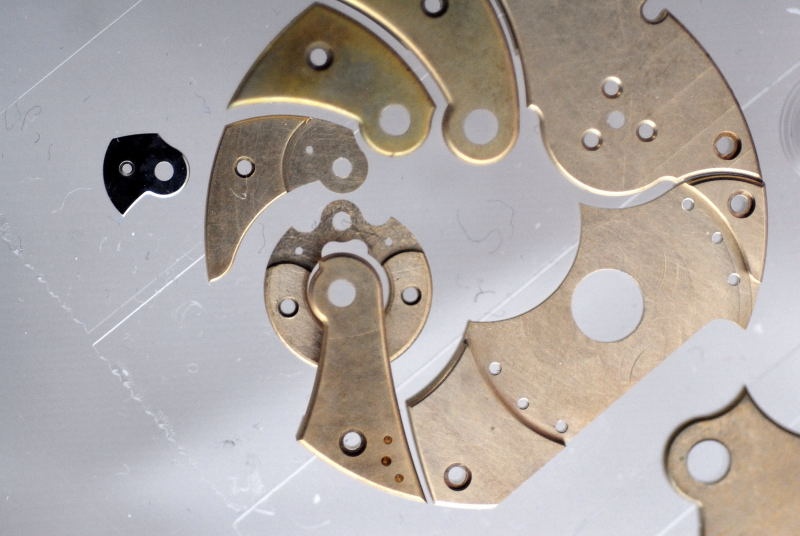
In order to underwrite the final stage of development of his unique project, Bernhard has planned to create a series of 3 Founder’s Watches with unique details. In total, there will only be 11 watches created in this first series, so after the 3 Founder’s watches, there will only be 8 others, since each following series after this initial one will be totally different from these first 11 wristwatches. Bernhard is in the process of taking names, and finding the 3 Founders who would play a parental role in the start of the firm. When asked what price is perfection in this world, Bernhard was keen to talk to collectors directly. The price is not based on hyperbole and false claims, but on the number of man hours such exceptional workmanship and design requires of the solitary watchmaker.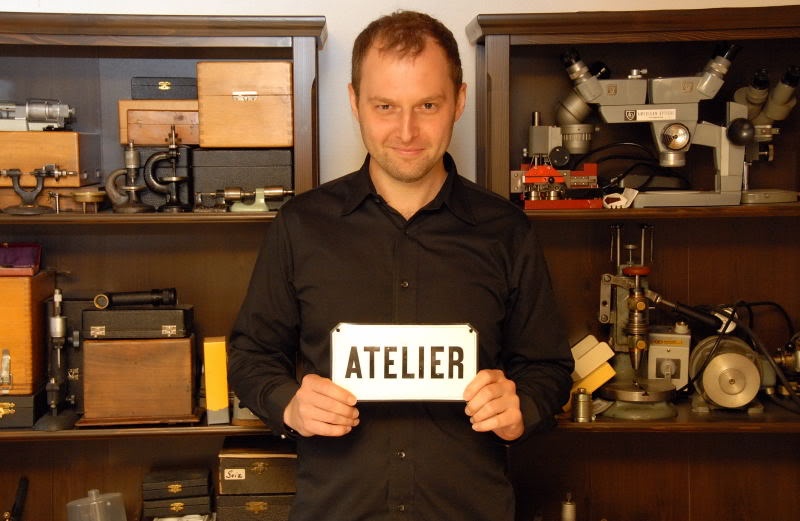
After several years, Bernhard has already invested all his own money for the creation of his Calibre R wristwatch. I was lucky and privileged enough to be asked by Bernhard to make the Calibre R project public. If you do buy Bernhard's vision, a small request from yours truly, can you post some pictures here for the rest of us to enjoy? Given the uniqueness of the watches, I think it will be the only chance we get to see the Calibre R watch!
Andrew H This message has been edited by 219 on 2011-02-20 04:46:01 This message has been edited by DonCorson on 2011-02-20 12:36:31 This message has been edited by 219 on 2011-02-20 14:03:42 This message has been edited by DonCorson on 2011-03-01 10:01:34



